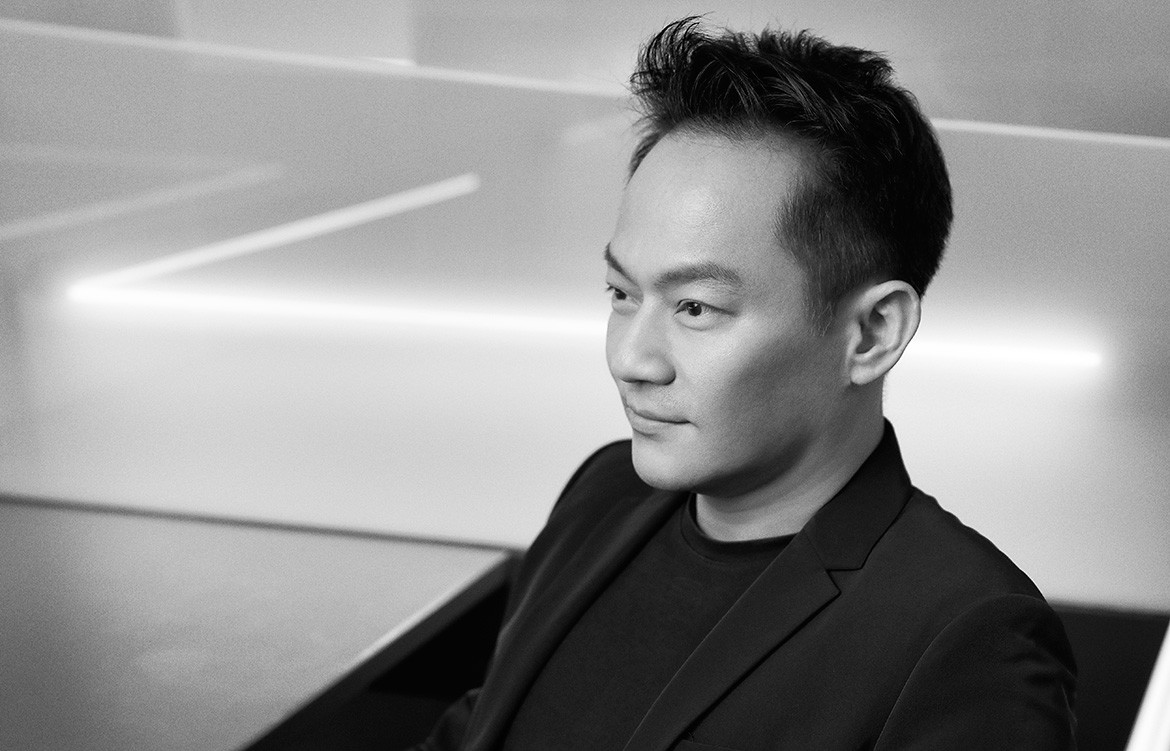

Habitus speaks directly to globally renowned architect Amata Luphaiboon of Thailand’s multi-disciplinary Department of Architecture Co.
Amata Luphaiboon is one half of the Bangkok-based multi-disciplinary studio Department of Architecture Co. with Twitee Vajrabhaya Teparkum. The studio practices architecture, interior design, landscape design, and other related design disciplines in a broad range of programmatic requirements and scales. It focuses on developing ideas in architecture, researches on social, cultural, and physical context, as well as takes on an exploration for alternative material utilization.
Story continues below advertisement
For anyone who isn’t familiar with yourself or the practice you co direct with Twitee Vajrabhaya Teparkum, Department of Architecture Co., how would you describe your work?
Department of Architecture is practicing architecture, interior design, landscape design, and other related design disciplines in a broad range of programmatic requirements and scales.
What is the intention of Department of Architecture Co. And has it changed at all its 15-year history?
Story continues below advertisement
We aimed to focuses on developing ideas in architecture, researches on social, cultural, and physical context, as well as takes on an exploration for alternative material utilisation. Our design principal has not changed since the beginning.
However, there was a significant change on the location of our projects. At the start, most of our works were located in Thailand, with a few exceptions. During the past five years, more than 70 per cent of our projects have been located aboard; namely China, The Philippines, and Indonesia.
Story continues below advertisement
Little Shelter Hotel
The Commons
What do you think are the current pressure points in architecture and how can the industry possibly relieve them?
For most parts of the world, we have well passed the time of economic boom. Now, we are in a slower pace mode. This is great in terms of architectural design that we, as architects, do not have much pressure of timing that used to force us in the past. This is the time that we can take the time and efforts the architecture deserves, and build them within reasonable budget and resources.
What does the future of Architecture in our region look like?
Individual, Sophisticated and Sensible.
The Flow multipurpose pavilion
Department of Architecture Co.
departmentofarchitecture.co.th